One of the greatest challenges of the 21
st century is the drastic reduction of greenhouse gas (GHG) emissions to the atmosphere to minimize/mitigate the impact of global climate change. The European Union is taking up a leading role by imposing stringent emission regulations to all member states and industries. The European Emissions Trading System (EU ETS) forms the basis of the EU’s policy to combat climate change, and requires industries in Europe to decrease their GHG emissions year by year, to reach a 43% lower emission level in 2030, compared to 2005. A crucial aspect to achieve the emission reduction is the transition to a carbon-neutral economy, in which the emission of CO
2 to the atmosphere is avoided.
In this context, the possibility to capture CO
2 at point sources, which account for 45% of the emissions in Europe, and transforming it into added-value products, is gaining attention. The steel industry sector is one of the largest GHG contributors. In their strive for GHG emission reduction, strategies such as improvements in energy efficiency, resource recycling, utilization and recovery have already been implemented, but further emission reduction can only be achieved by capturing CO
2 emissions. Valorisation of CO
2 into chemical building blocks is possible through biological or chemical processes. Biotechnology is in particular a very interesting way to valorise these waste gases due to their low energy requirements and mild reaction conditions. Traditional disadvantages of biotechnology, such as low yields, low substrate affinity and low selectivity have been overcome in recent years.
ArcelorMittal is exploring the use of syngas fermentation technology as part of the CO
2 emission reduction strategy, with pilot projects at the plant in Gent. New fermentation technologies of industrial gases have been tested at pilot scale and are ready for scale up. Many of them are focussing on the fuel market to take off their fermentation products, and are facing a low revenue from the end products, which sometimes require an energy-intensive distillation process to meet the quality standards. The CAPRA technology is offering an alternative to avoid this expensive distillation, and turns the fermentation products into a high value chemical.
The composition of syngas fermentation broth, a dilute mixture of ethanol and acetic acid, with a high ethanol/acetic acid ratio, makes it an ideal substrate for further biological upgrading through anaerobic conversions. Ethanol/acetic acid mixtures can be transformed to medium-chain carboxylic acids by biological chain elongation, resulting in a bio-oil with higher value (more than double) compared to fuel. This bio-oil, composed mainly of caproic and caprylic acid, readily phase-separates, circumventing energy-intensive distillation, and facilitating downstream processing of the final product. The bio-oil can be further processed in the chemical industry, where sources of caproic and caprylic acid are rare, while interest is growing.
As of today, the feasibility of converting syngas effluents to C6-C8-rich oils has been proven through a limited number of studies and solely at lab-scale. To pave the road for the development of a process to upgrade syngas fermentation effluent via biological chain elongation, a number of research questions and challenges need to be addressed. Also, little is known about the chemical conversion routes to produce high-value, marketable products from the generated bio-oil. Furthermore, the optimal approach to assess the sustainability and profitability of new processes in the bio-economy is lacking.
The CAPRA project brings together industrial and academic partners with the required expertise to solve these research challenges. The CAPRA project will:
- Assess the critical operational parameters of the biological chain elongation process to determine 1) the best product recovery system; 2) the required nutrient additions for the chain elongation process; and 3) the optimal operational conditions (CMET, OWS);
- Scale-up the chain elongation process to lab-pilot level, to upgrade real syngas fermentation effluent to a medium-chain carboxylic acid bio-oil at the kilogram scale, in a continuous process (OWS, CMET, ArcelorMittal);
- Transform the produced bio-oil into high-quality added-value products for different applications such as plasticisers (Proviron);
- Evaluate the process value chain based on its sustainability and profitability, using newly developed tools (EnVOC, VITO, OWS; with input from ArcelorMittal, CMET, Proviron).
The research carried out within CAPRA will bring the valorisation of syngas fermentation products well beyond the state-of-the-art, delivering to the steel industry a technology to capture CO
2 into added-value products. For instance, the coupling of the CAPRA process to a syngas fermenter converting the off-gas of AM Gent would result in the production of 35,000 tonne caproic acid oil per year, showing the high potential of the CAPRA value chain. Also, CAPRA develops a new biotechnological platform that can be translated to other industrial sectors, such as waste management. This has the potential to generate employment and strengthen the role of Flanders as a leading region in the bio-economy.


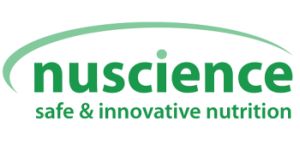
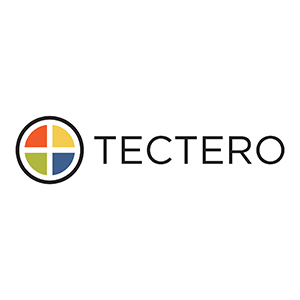
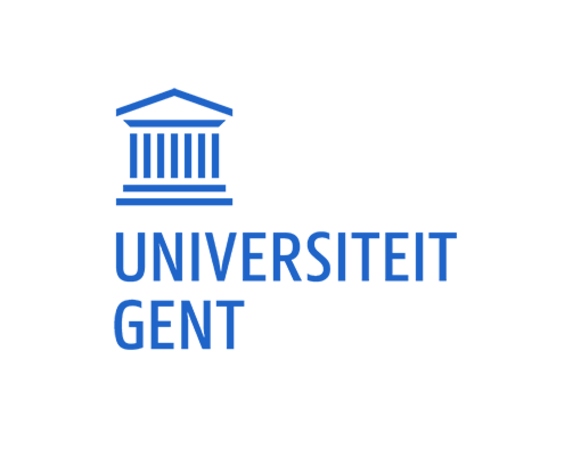

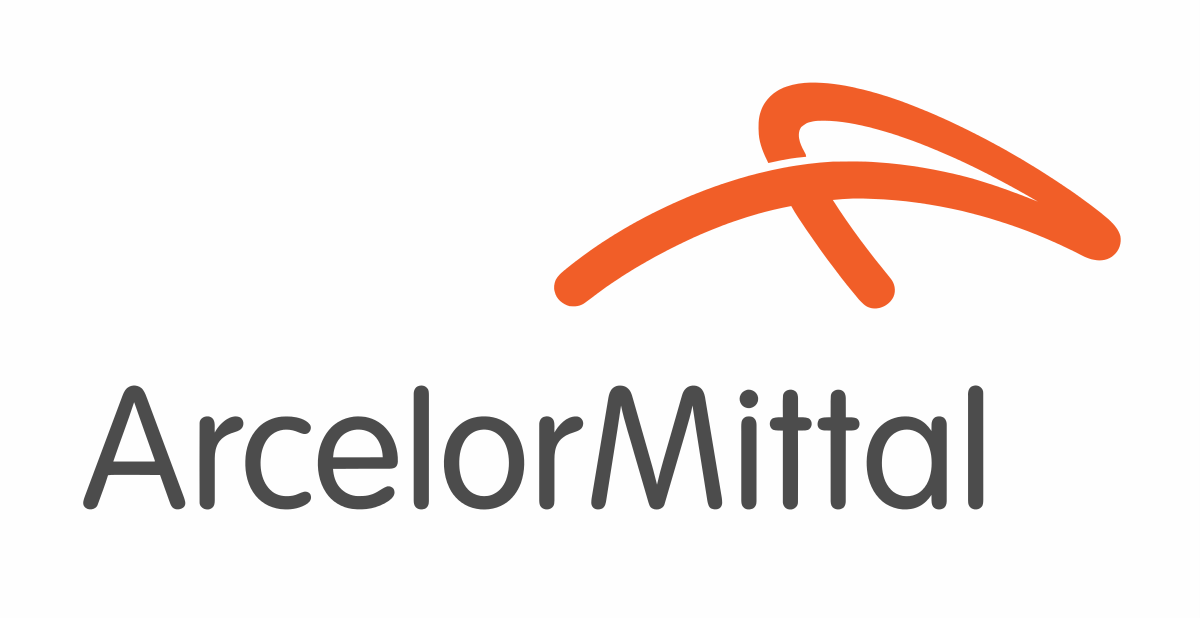

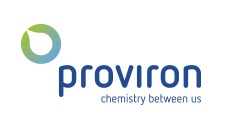



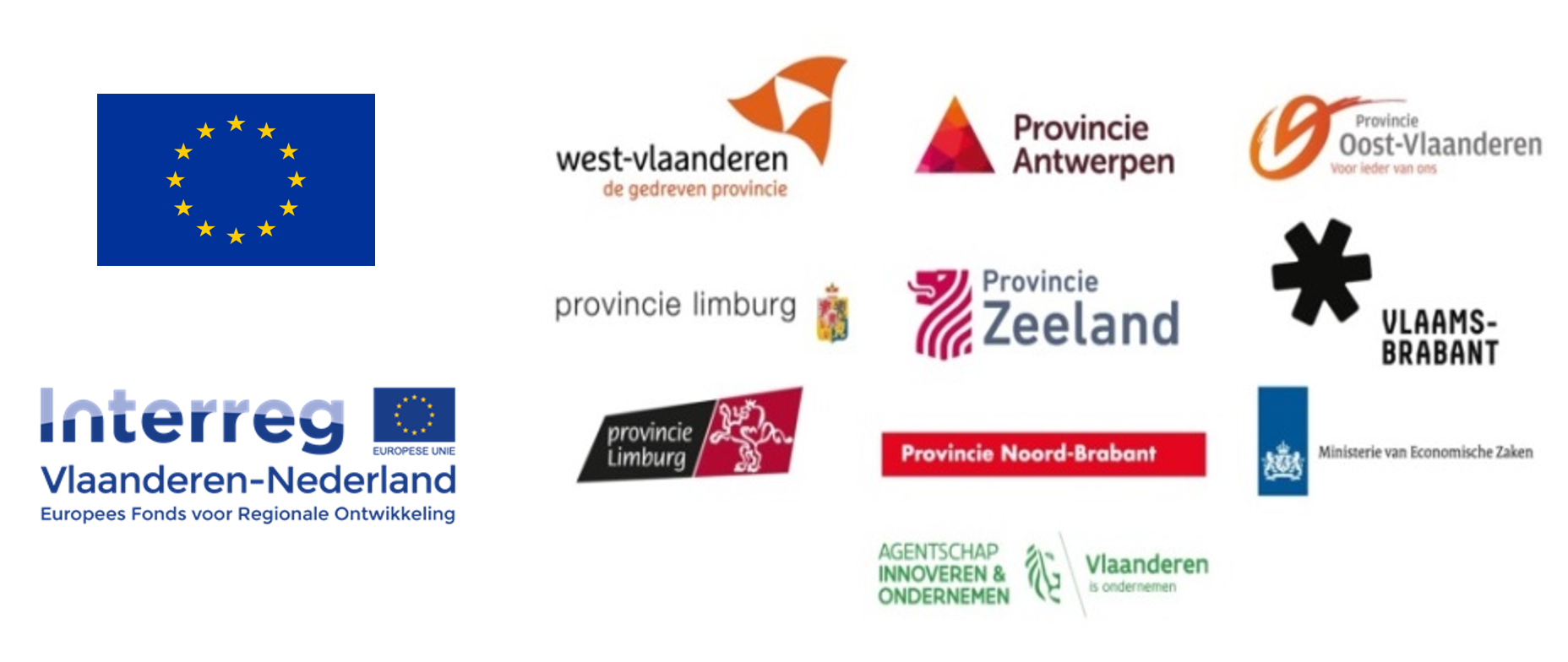
 Mblad is als tweemaandelijks vakblad een toonaangevende informatiebron over duurzaam ondernemen en produceren, innovatie en cleantech. Aan de hand van interviews, duiding, analyses, reportages en infografieken biedt Mblad achtergrond bij de kansen die duurzaamheid biedt aan het Vlaamse bedrijfsleven. De makers van Mblad tonen technologische doorbraken en inspirerende cases, en spitten duurzaamheidstopics die vluchtig passeren op de sociale media grondig voor u uit. Mblad kijkt met een kritische blik naar het beleid en legt de knelpunten en kansen bloot. Het magazine zet ook start-ups in de kijker die met hun baanbrekende innovaties de markt veroveren.
Mblad is als tweemaandelijks vakblad een toonaangevende informatiebron over duurzaam ondernemen en produceren, innovatie en cleantech. Aan de hand van interviews, duiding, analyses, reportages en infografieken biedt Mblad achtergrond bij de kansen die duurzaamheid biedt aan het Vlaamse bedrijfsleven. De makers van Mblad tonen technologische doorbraken en inspirerende cases, en spitten duurzaamheidstopics die vluchtig passeren op de sociale media grondig voor u uit. Mblad kijkt met een kritische blik naar het beleid en legt de knelpunten en kansen bloot. Het magazine zet ook start-ups in de kijker die met hun baanbrekende innovaties de markt veroveren.